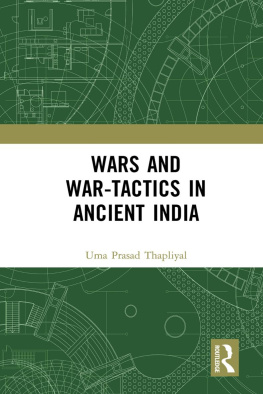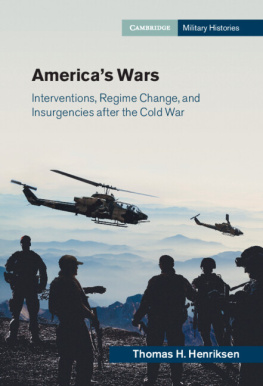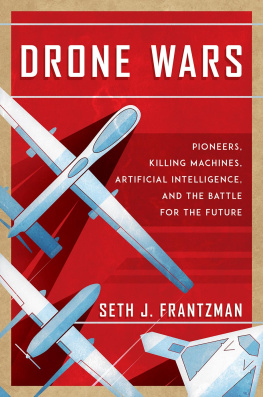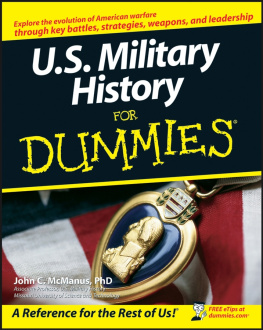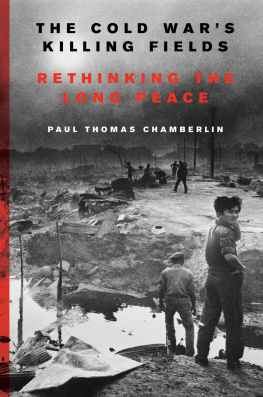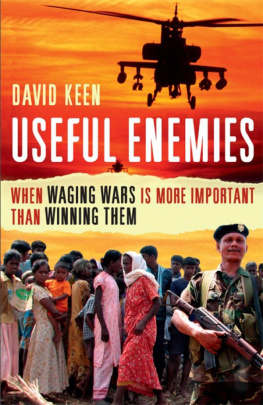Introduction
To start with the answer to one of the questions posed on the cover of this book when will the next big war be? I believe there is a very real chance that there will be another big war by the middle of this century. If I were forced to place a bet on the most likely date the next big war will start, my best guess would be 6 August 2045. To explain why we need to first understand why World War II, the biggest war ever, was so big and why there has not been a big one since. The reasons, as I see it, for why World War II was so big has led me to two further conclusions. The first is that in many respects we have been lucky that the big wars we had in the twentieth century were not even bigger and worse than they were. The second is that the circumstances that brought about the biggest war of all are likely, based on current trends, to return by mid-century.
A big war is one which involves large numbers of combatants, large human casualties, encompasses a large geographic scope, is fought with great intensity, involves the total commitment of the participants to achieving victory, and results in tremendous destruction. By all these measures World War II was the biggest war of all. As many as 100 million men and women served in uniform during the war. Proportionate to the size of the current global population (about two billion during World War II, about 7.5 billion today), this would be the same as all the people currently living in the United States becoming soldiers, sailors or air crew and fighting a war against each other. About 25 million of the soldiers, sailors and air crew who served in World War II would be killed. About 65 million people died in total as a direct result of the war either killed in combat, caught in the crossfire, starved to death, dying of illness, or executed in atrocities such as the Holocaust. Proportionate to todays world population, the total death toll from World War II would be the equivalent to every man, woman and child currently living in the United Kingdom, France, Germany, Belgium, and the Netherlands combined being killed in a single six-year war.
The geographic scope of the war was huge, stretching across continents and across hemispheres. In Europe it spanned from the Arctic circle in the north to the Sahara desert in the south, and from the French Atlantic coastline in the west to the Volga River and the Eurasian Steppe in the east. In the Pacific and Asia the war spanned from the frozen Aleutian Islands in the north, to the tropical island of Guadalcanal in the south, and from Kohima in India in the west to Pearl Harbour in the east. All the skies above these places, and the worlds oceans connecting them, also became warzones.
The intensity of the combat can be illustrated just by looking at these geographic extremes. Deep in the Arctic circle the Germans invaded the Norwegian Port of Narvik in April 1940. During the ensuing naval battles, the Germans and British lost twelve destroyers sunk and nine damaged between them. This was just one small part of the global naval war, but these losses are comparable to the most significant naval battle since World War II, the Falklands War in 1982. In the deserts of Africa far to the south of icy Narvik, a five-day battle took place in the now infamous Kasserine Pass in Tunisia in February 1943. General Rommels Afrika Korp Panzers inflicted one of the most embarrassing and significant defeats on the American Army in all its history, suffering 6500 casualties and losing 200 tanks. Off the Atlantic coast of France (the western extremity of European fighting), on D-Day 6 June 1944 the largest amphibious armada ever assembled, some 7000 vessels, disgorged an army of 150,000 men onto the beaches of Normandy. The Volga River far to the east was the scene of arguably the worlds largest-ever land battle, the Battle of Stalingrad.
In the Pacific, the Aleutians may mark a small, unimportant northern outlier to Japans Imperial conquests, but it was captured as part of a decoy operation during the most important naval battle in modern history, the battle of Midway in May 1942. To the south, Guadalcanal Island and its surrounding waters saw some of the fiercest combined land, sea, and air battles of all-time. During the battle of Kohima and the ill-fated operation U-Go, an invasion of eastern India in March to June 1944, the Japanese suffered 30,000 combat deaths, about three-fifths of all American combat deaths in seven years of combat during the Vietnam War. The Japanese attack on Pearl Harbour resulted in eight battleships being sunk or badly damaged on that one day of infamy, 7 December 1941, one of the biggest naval defeats in history. It took place a literal world away, 11,000 kilometres, from Kohima.
Therefore, even on the extremities of the fighting, some of the largest land battles, sea battles and amphibious assaults of all time took place. And such titanic clashes were repeated over and over for six years as first the Axis expanded to these far-flung coastlines, deserts, steppe, mountains, and tropical islands, and then the Allies drove them back to their homelands in Rome, Berlin and Tokyo.
How did such a massive global conflagration come about? The explanation can be divided into proximate causes and systemic causes. Every war is started and fought for specific reasons and unfolds in a certain way due to the ideas and decision of the personalities and groups involved. These are the proximate causes. Because World War II was the biggest war of all, great weight is placed on the proximate causes of the war in explaining how such a calamity could happen. The three culprits that are usually blamed are the mistake of appeasing Germany prior to the war, the evil nature of the Nazi regime and its leader Adolf Hitler, and the ideological nature of the war as a clash between different political systems: Fascism, Communism and Democracy.
In a way each of these factors did contribute to the war becoming so big. By appeasing Hitler, Britain and France allowed Germany to gobble up Austria and Czechoslovakia for little cost, thus increasing its resources and territory and making Germany more powerful when the conflict began. This may have contributed to Germany being able to overrun much of Europe, a process that would take many years of brutal combat to reverse. Likewise, without Hitler and the Nazis at the helm of one of the worlds great powers, the various decisions to expand the war, such as invading Poland, France, or the Soviet Union, may not have been made and thus it may not have been so big. Finally, the ideological flavour of the conflict may certainly have lent some of the combat a more ruthless edge and contributed to some of the dreadful atrocities.



